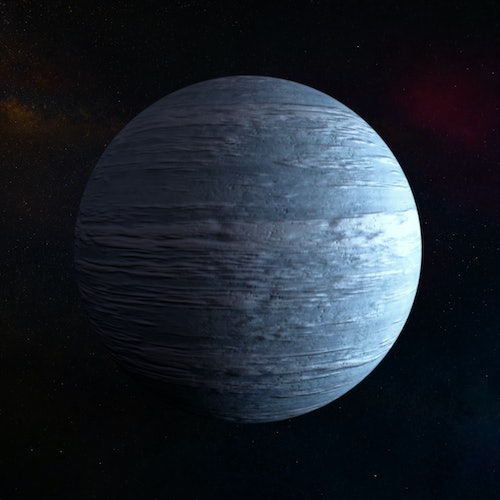Since the 1930s, astronomers have used various ways to remove glare from a bright object to reveal fainter objects. The race is on to discover truly habitable Earth-like worlds. While we are starting to observe the atmospheres of large potentially habitable planets such as with the telescopes we currently have, the most significant breakthroughs will likely come with the development of advanced specialized telescopes.
These new designs will likely use a starshade to hide the glare of a star and allow us to directly observe its exoplanets. But will that be enough to study distant terrestrial planets? Since the 1930s, astronomers have used various ways to remove glare from a bright object to reveal fainter objects. For example, to reveal the solar corona similar to what happens during a solar eclipse, astronomers have used a coronagraph that precisely blocks the limb of the Sun within a telescope.
The idea was extended to look at large planets around stars, where a small filter hides the starlight from view so that nearby planets can be seen. However, these filters were generally placed within the telescope itself, which limits the precision of the filter. A starshade would remove the filter from the telescope and place it a significant distance from the telescope itself.
For a space telescope, this means having two spacecraft, one for the telescope and one for the shade. By placing the two thousand kilometers apart, astronomers would be able to see planets orbiting extremely close to their star. This will be particularly useful for Earth-like worlds orbiting red dwarf stars in their habitable zone, which are by far the most common potentially habitable worlds.
One problem with this is that red dwarfs are much fainter than Sun-like stars, and the starlight reflected off their planets is even more faint. So even with an advanced starshade to block the starlight, the planets may still be too faint to observe. But a new paper on arXiv argues that this problem could be solved thanks to an advanced type of optics known as photonics.
While traditional optics can capture faint light, photonics works on the scale of individual photons. One of its common uses today is in fiber optic communication, so if you happen to have fiber internet, thank photonics. In astronomy, photonics has been used for things such as high-resolution spectroscopy and the detectors of some radio telescopes.
In this new paper, the authors describe ways that coronagraphs such as starshades could be used in connection with photonic detectors, creating a hybrid system capable of observing much fainter planets. For example, light at the edge of a starshade could be focused by microlenses into a bundle of fiber cables, which could then be routed to individual photodetectors. The authors note that with careful design, a telescope could detect an optical contrast of more than 10 billion.
Starshade observatories, such as the proposed Habitable Exoplanet Observatory (HabEx), are still a long way off. It will likely be the 2040s before such a telescope could be launched. So, there is plenty of time for astronomical photonics to be developed and improved.
But this study shows it could revolutionize the way we see the Universe. .
From: inverse
URL: https://www.inverse.com/science/giant-futuristic-starshade-could-help-astronomers-spot-earth-like-planets



